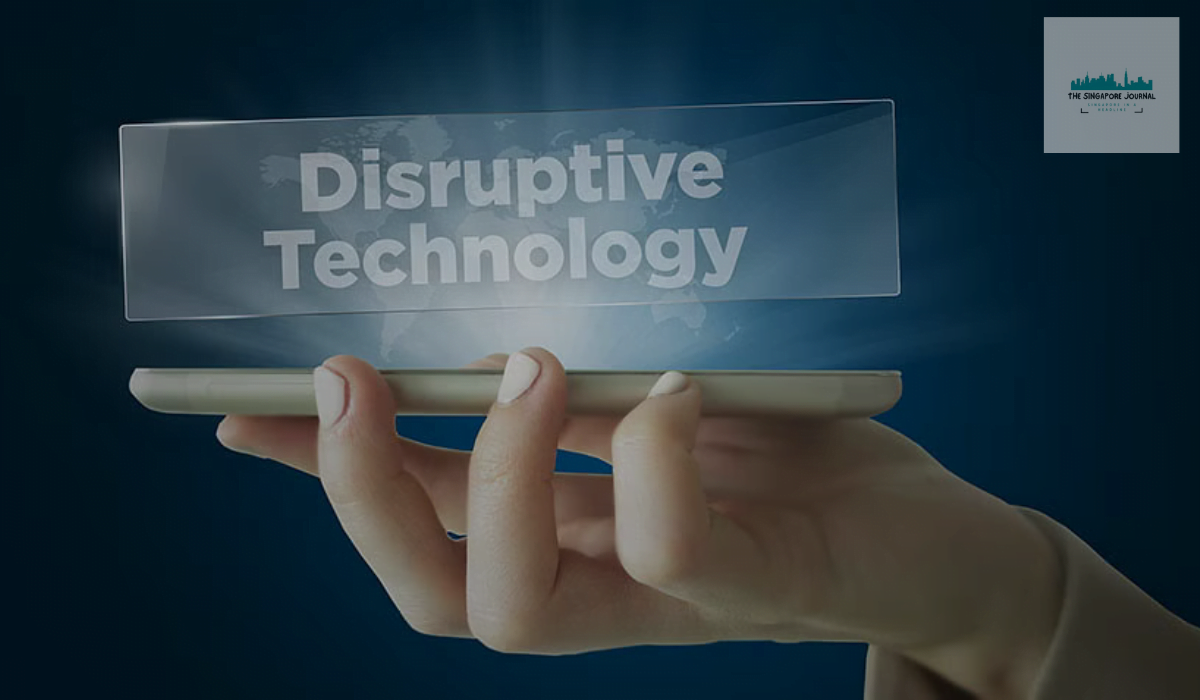Disruptive technology refers to innovations that transform existing industries, markets, or business models by bringing up a new strategy, product, or service. These technologies often challenge the status quo and can properly affect how businesses operate and consumers engage with products and services. Disruptive technology sweeps away the systems or habits it replaces as it has superior qualities.
Disruptive technologies typically emerge unexpectedly and can lead to rapid shifts in the competitive landscape, creating new opportunities for those who can adapt and causing challenges for those who are slow to respond. In this article, you will learn what is disruptive technology and how it is being used in present times.
Disruptive Technology Explained:
What is disruptive technology being explained in this section? Clayton Christensen introduced the idea of disruptive technologies in a 1995 Harvard Business Review article. After that, it became a buzzword in startup businesses wanting to create a mass-appeal product. However, even a startup with limited resources can aim at technology disruption by inventing a new way of getting something done.
Moreover, the rise of digital photography is the most famous example of disruptive technology. Traditional film-based photography conquered the industry for decades. However, the beginning of digital cameras, associated with developing high-quality image sensors and image processing software, completely changed the photography landscape. Digital cameras deliver multiple advantages, like instant previews, no need for physical film, and the ability to easily share and manipulate photos. This shift from film to digital technology disrupted established camera manufacturers and film companies, forcing them to adapt or face obsolescence.
Another outstanding disruptive technology is the Internet itself. The Internet revolutionized communication, commerce, and information dissemination. It stimulated the advancement of e-commerce, online banking, social media, and countless other digital services and transformed how people interact with businesses and each other. Companies that should have acknowledged the chance of the Internet and adapted to the new online landscape often faced challenges in remaining relevant.
The Potential of Disruptive Technologies:
What disruptive technology is explained above? Now, let us learn about the potential of disruptive technology. Risk-taking companies can acknowledge the possibility of disruptive technology in their functions and target new markets that can incorporate it into their
business procedures. Whereas other companies may take a risk-averse position and adopt an innovation only after viewing how it conducts for others.
At present, the beginning of smartphones and mobile apps has brought about another wave of disruptive innovation. Integrating powerful computing capabilities, internet connectivity, and various sensors into a single handheld device has fundamentally changed how people access information, communicate, and perform tasks. This transition has directed the advancement of app-based businesses and changes in consumer behavior and expectations.
Investing in Disruptive Technology:
Investing in companies that adopt or create disruptive technologies carries considerable risk. Hence, many products considered disruptive take years to be adopted by consumers or businesses, or sometimes they must be adopted.
Moreover, investors can have exposure to disruptive technology by investing in exchange-traded funds like the ALPS Disruptive Technologies.
Effects of Disruptive Technology:
We have learned what descriptive technology is and its potential, and now let us check the effects of disruptive technologies.
Disruptive technologies can have negative and positive impacts. On the one hand, they can navigate efficiency, lower costs, and improve convenience for consumers. For example, introducing ride-sharing services disrupted the traditional taxi industry, offering consumers a more convenient and often more cost-effective transportation option.
On the other hand, disruptive technologies can also lead to job displacement and challenges for established industries. Moreover, the rise of automation and artificial intelligence (AI) technologies, for example, has raised concerns about the probable loss of jobs in various sectors.
To successfully navigate the impact of disruptive technology, businesses must adopt a perspective of continuous transformation and innovation. Companies that need to recognize what is disruptive technology emerge at a risk of becoming outdated or losing their competitive edge. Hence, conversely, those that adopt innovation and are willing to experiment with new business models can capitalize on the opportunities presented by disruptive technologies.
Conclusion
Disruptive technology refers to innovations that significantly alter industries, markets, and business models by introducing new approaches, products, or services. Examples like digital photography, the Internet, and smartphones have reshaped different sectors, creating both opportunities and challenges for businesses and consumers alike. To thrive in the face of disruptive technologies, companies must remain adaptable, innovative, and open to change.
Also Read:

